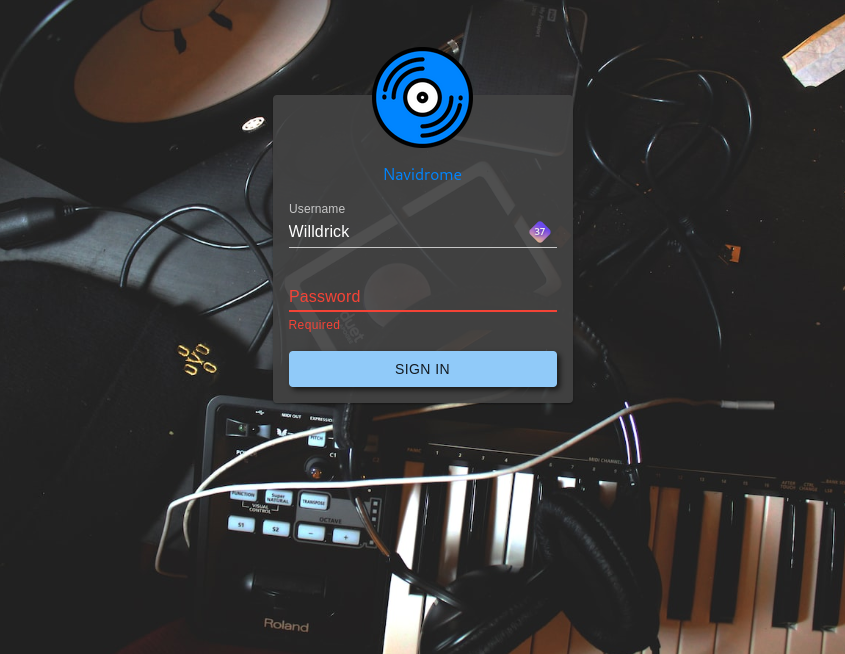Try duckdns, it doesnt nag you every month and it just works
Willdrick
Indeed, tailscale/wireguard/zerotier are excellent options to keep only the bare minimum (or even nothing!) exposed to the world.
Whats up with Snowshoe Siamese that make them compulsively knead biscuits on soft things like that? Mine does exactly the same and he's all serious business, if I pet him while he's doing that he gets miffed af
Who would dare to ask why
Tasks.org and logseq here, ended up being the simplest way after bouncing off grocy and other overly detailed systems.
Tip: before going through with hosting NextCloud, you could get /e/ accounts, they don't give much space but since it's just rebranded NextCloud, you can try it out and see if it works for you.
Currently we use several tasks boards so chores are separate by type (shopping list, maintenance, bills, chores) and logseq's journal on the app makes it flexible to take notes or whatever you need (audio notes, pics, links, etc)
Wholeheartedly agree, but most people wont do it, so you end up with signal for 1 or 2 friends, telegram for a few others, and all the crap ones for the rest (whatsapp, slack, teams, messenger, etc)
Ive ditched every messaging app but signal and telegram, and its really annoying sometimes
While I was researching I found out about Squeezebox, as there are people using it in combination with HomeAssistant. Both solutions you and @cfi provided seem pretty doable, and I've already been tinkering with Mopidy on armbian. Snapcast is something I've never heard of, and I'm definetly going to tinker around it, I'd love to be able to sync several speakers around the house, specially for parties and gatherings.
That being said I think they are a bit overkill for the usecase, and I'm looking for something even simpler, maybe repurposing the guts of a cheap BT speaker I have lying around, see if I can find somewhere on the PCB where I can tap line level audio output and solder it directly inside the amp/sub box, along with a small power supply to run without batteries. (I know there are ready-made BT modules for this, but where's the fun in that!)
Holy crap thanks for the detailed walkthrough! Im going to set it up as soon as I can!!
Librera reader off f-droid works great for me
IIRC Uber has patented dynamic pricing based on a ton of data, including your phone battery being low. I wouldn't be surprised if they hiked your fare just because you were on the car shop.
Obviously they say its not in use but who could check
Edit: some further reading https://www.hbs.edu/ris/Publication%20Files/22-050_ec28aaca-2b94-477f-84e6-e8b58428ba43.pdf
Thought it was Siamon and Catfunkel


Theres are some pretty massive archives already, including Flashpoint